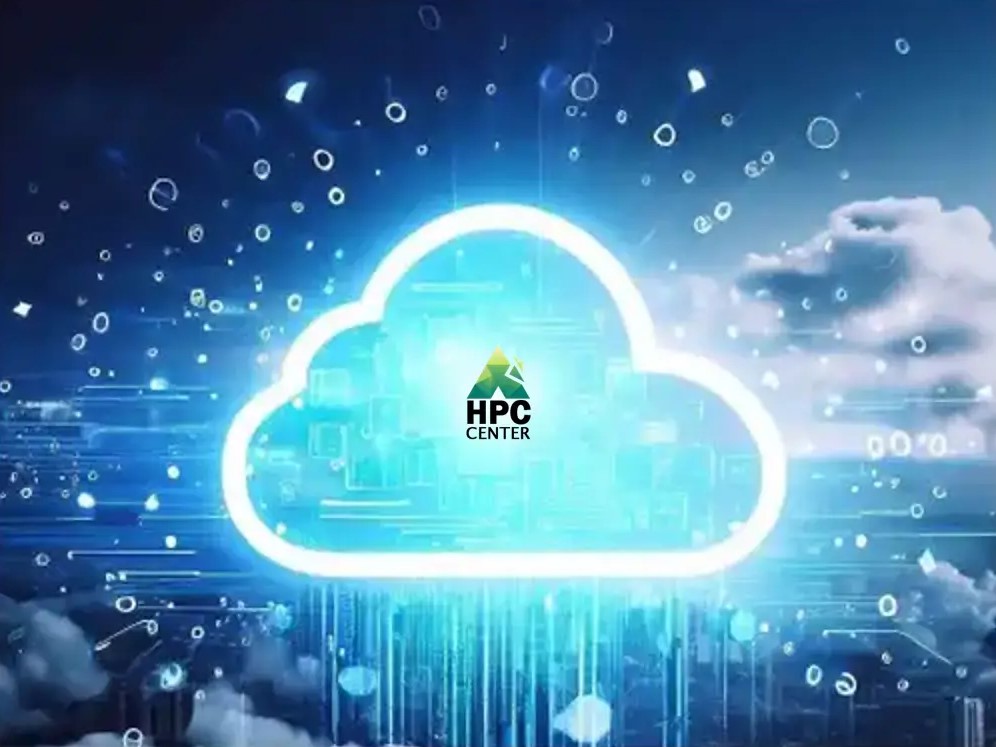Request a supercomputer!

Cloud computing is essentially a service-based model that allows users to access computational resources, networking, storage, and other services without requiring significant investments in IT infrastructure. By offering on-demand and consumption-based services, cloud computing liberates organizations from many management and maintenance challenges associated with IT systems.
Here’s a detailed exploration of how cloud computing services work, their types, advantages, and disadvantages. This article provides a comprehensive look into the dynamic world of cloud services, enabling readers to gain a deep understanding of the technology and leverage its benefits effectively.
Cloud computing is categorized into four primary types, each with its own features, advantages, and disadvantages:

Overall, cloud computing offers organizations the flexibility, scalability, and efficiency required to thrive in today’s competitive landscape. By understanding the various types, advantages, and limitations of cloud services, businesses can make informed decisions to optimize processes and improve performance.
Related links